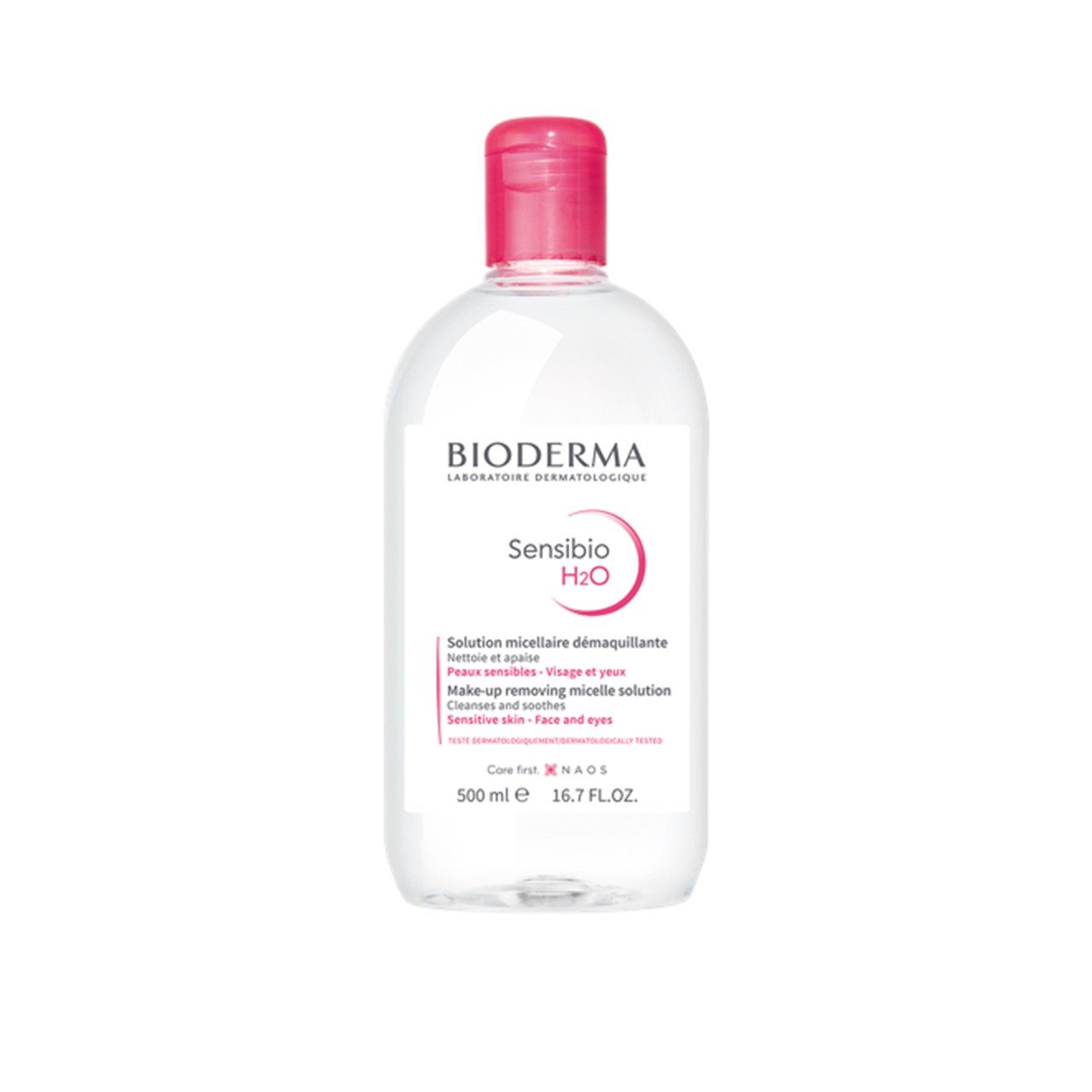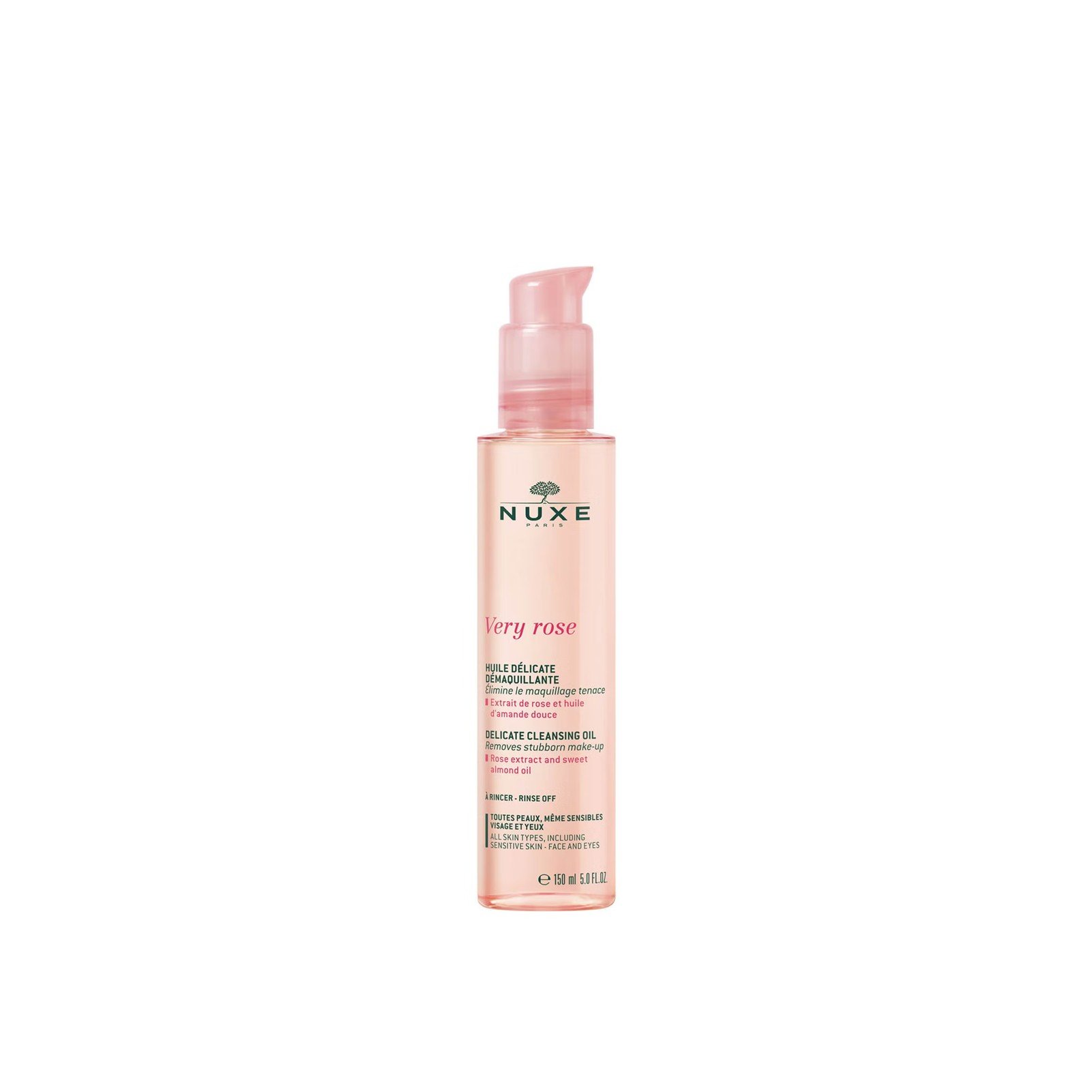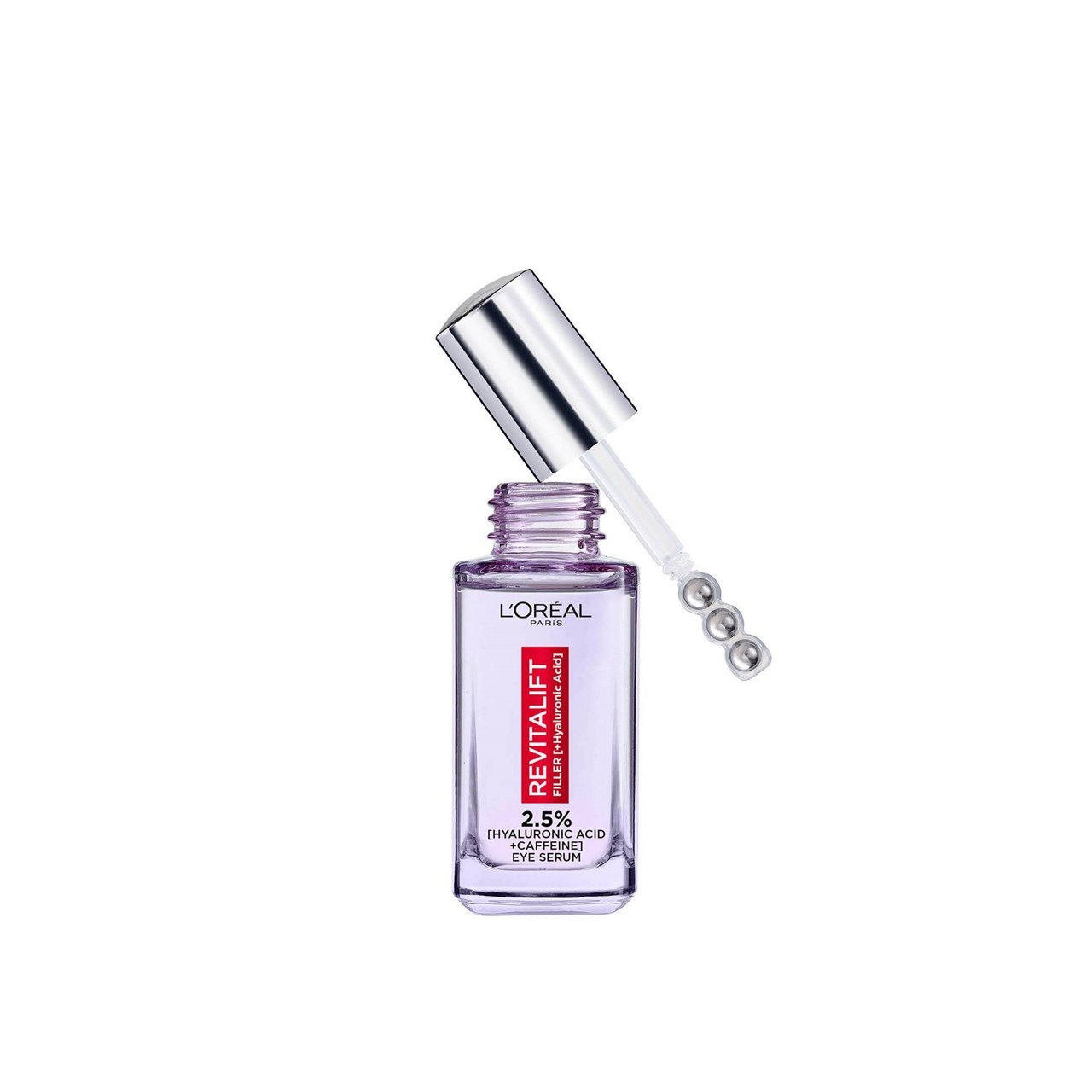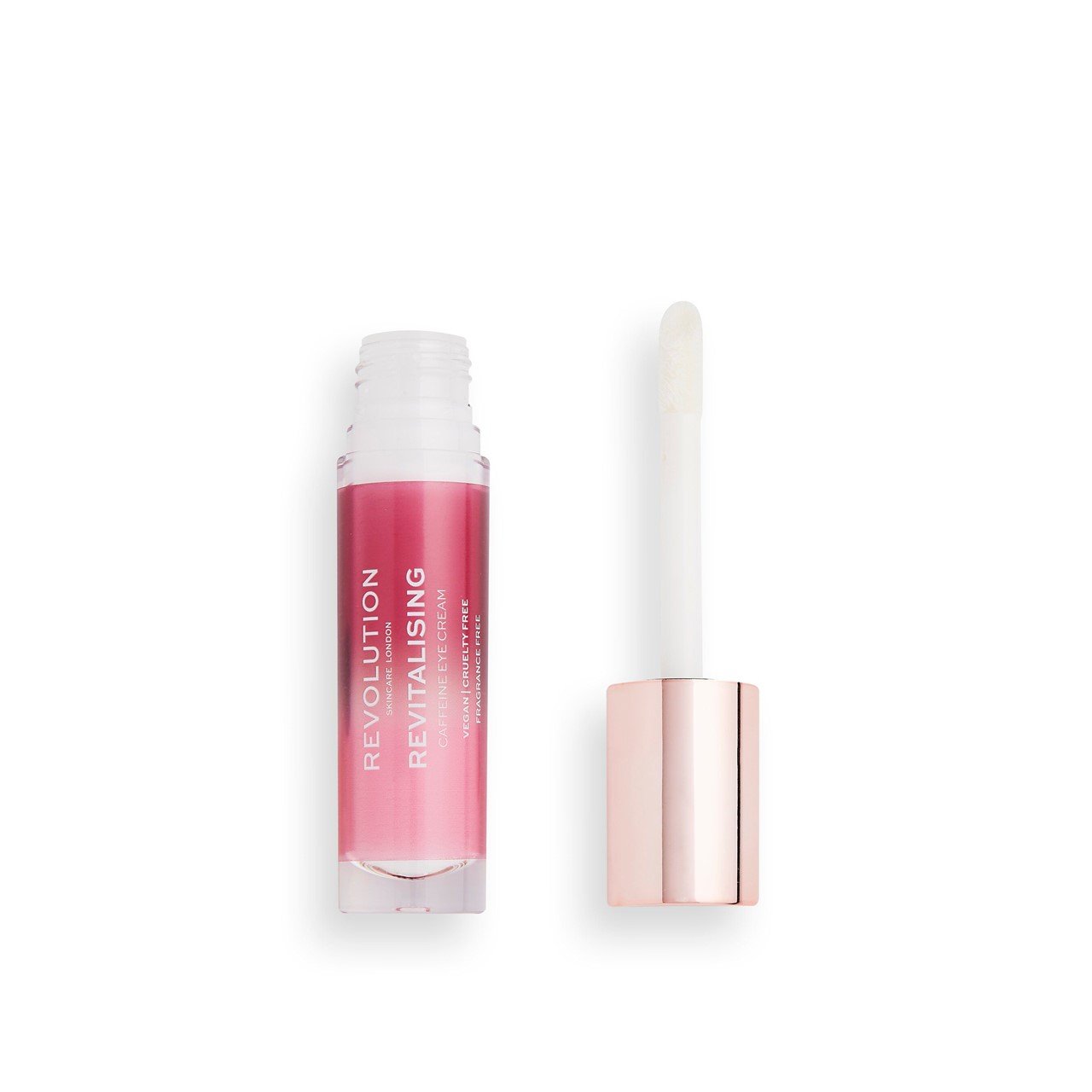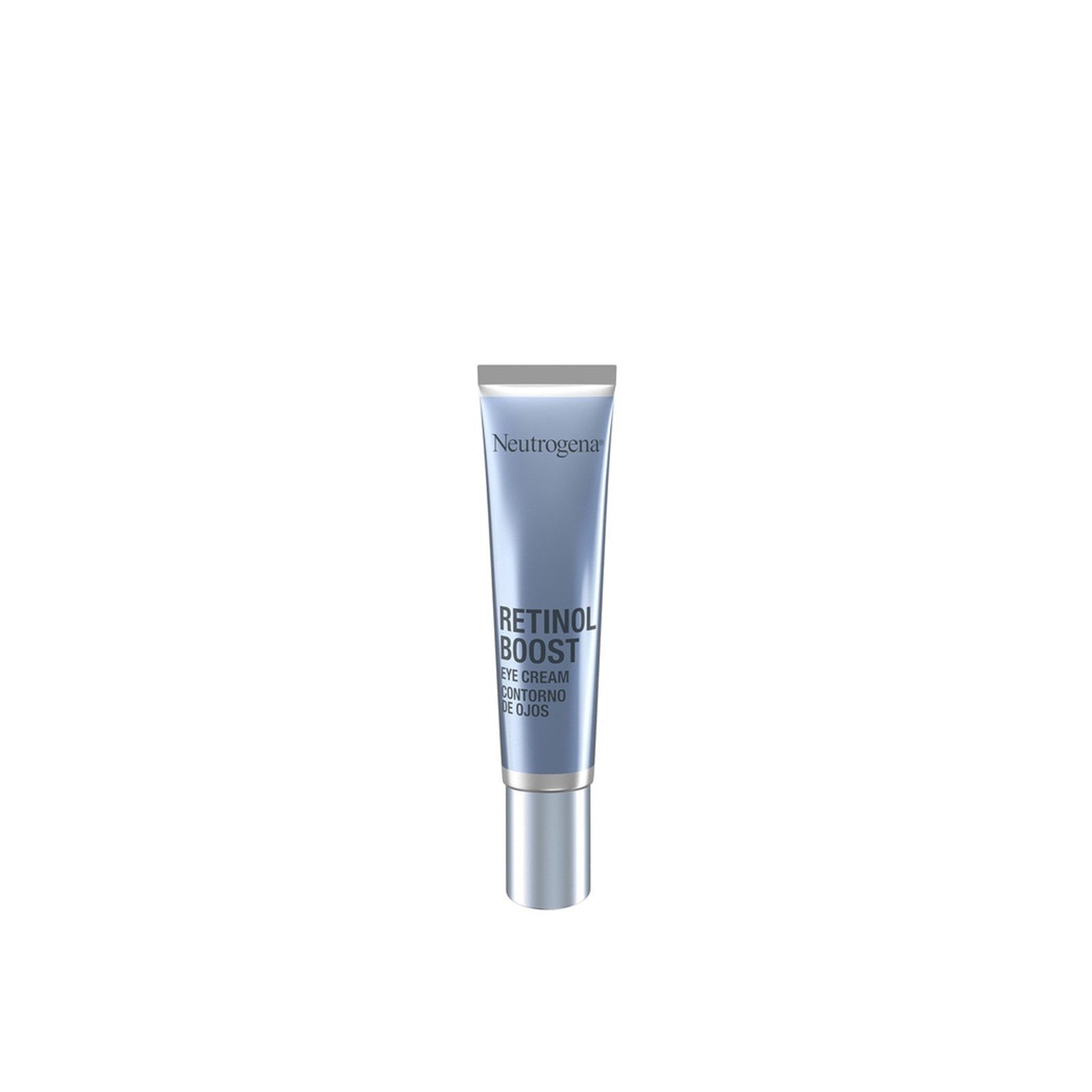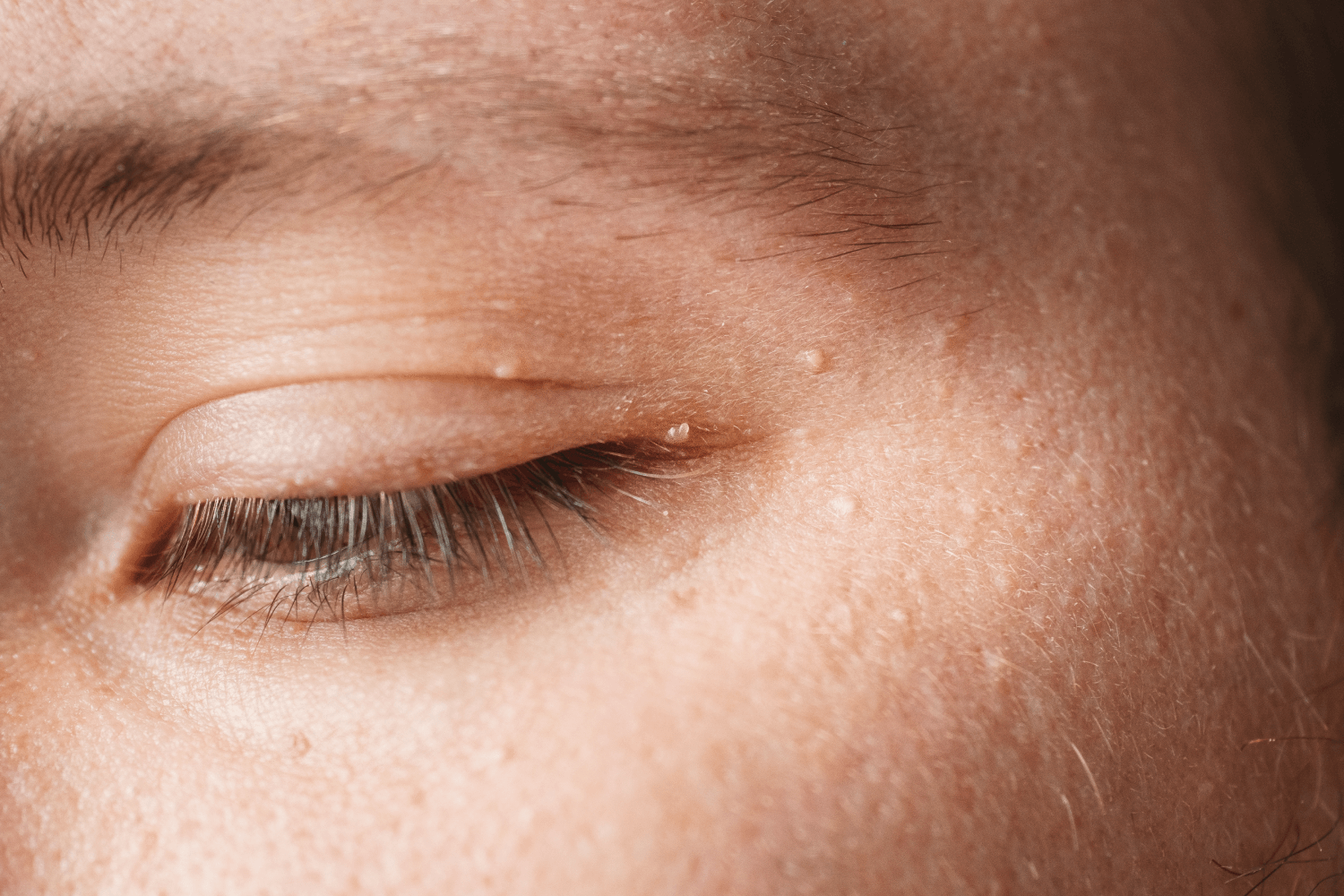
Picture this: you’re looking in the mirror and notice you have one (or several) white bumps under you skin. They do not look like regular blemishes or pimples, and they seem hard to the touch. If you’re confused as to what they might be, don’t be; those little white spots, my friend, are called milia, and you’re not alone in dealing with them. In this post, we’re putting together a quick guide to this common skin issue, from what milia is and isn’t, to how to prevent milia with simple skincare tips.
What is milia?
Milia, or milk spots, are tiny cysts made of dead skin cells that got trapped under the surface layer of your skin. They are hard to the touch and you can’t extract them by squeezing them like you would a pimple. Now, you shouldn’t be squeezing pimples either, but we’re taking this recommendation a bit more seriously with milia. If you try to squeeze them out, you will almost certainly get a scar, so don’t do it! (If you really want to get rid of milia, we’ll tell you how to do it safely in a second.)
Milia are a perfectly normal phenomenon. In fact, they’re often called “milk spots” because around 50% of babies have them. However, anyone can have milia, at any age. Essentially, if you are a person, you can have milia. In adults, the spots tend to appear in the area around the eyes, as well as the upper portion of the cheeks; if you spot any hard white bumps in those areas, you’re probably dealing with milia.
The causes of milia in adults
In essence, milia are a buildup of dead skin cells that got trapped and formed a tiny cyst. They usually form because of one (or several) of the following reasons:
- Dead skin build up, either due to a natural tendency or a lack of exfoliation;
- Sun damage;
- Inflammatory skin conditions, such as eczema or rosacea;
- Physical or chemical trauma, anything from laser procedures and chemicals peels to infections;
- Unsuitable skincare routines;
- The issue here tends to be the use of occlusive creams and lotions. Think of the “slugging” trend, for example, which has a lot of people using occlusive petrolatum-based products. Oily or biphasic makeup removers, which often leave behind an oily residue, are also common culprits, as are some rich and balmy creams. In people who are more prone to the development of milia, this might be enough to trigger a bump or two.
All in all, milia can have many triggers, some of which are more controllable than others. Keep in mind that if your family tends to have milia, you probably have a genetic predisposition to having them as well.
Milia removal and treatment
The best way to get rid of milia is to have it removed. Please note our wording: “have it removed”, as in by someone else, not yourself. As we’ve mentioned, milia bumps are not pimples, so don’t try to remove them by yourself. If you try and mess it up, you risk leaving pretty bad scarring and dark spots.
Find a professional who knows what they’re doing, call ahead to check whether they specialize in the removal of milia, and ask for detailed information. The “ideal” way to remove milia is not through dermabrasion or lasers, but through the use of a sterile needle. Once the professional has “popped” the little white bump, they will be able to remove the buildup safely and with minimal scarring.
If you’re not willing or able to get your milia bumps professionally removed, don’t worry: milia tends to disappear by itself in 6 to 18 months, so you won’t be dealing with those tiny white bumps forever.
Milia prevention
We have already seen that milia can have different causes and triggers, and that some of them are more or less within your control. Those are really good news, as it means that you can adjust your skincare routine in order to prevent and minimize milia. If your skin is particularly prone to milia, our first suggestion is to avoid occlusive ingredients like petrolatum, mineral oil, and lanolin. Apart from that, you can also try the following suggestions:
1. Avoid oily or biphasic eye makeup removers
Because milia bumps are caused by trapped skin cells, you want to avoid anything that leaves an oily film on the surface of your skin. Thus, biphasic makeup removers are definitely not the greatest idea for milia-prone skin. You can replace them with micellar water or a cleansing oil, provided that you rinse it off really, really well:
2. Swap eye creams for gels
Milia often appear as white bumps or spots around and under the eyes. Knowing that, it might be a good idea to revise your eye cream. Even though a rich, balmy eye cream can be a dream to use, it can also trigger thr formation of milia. If this sounds like an issue you struggle with, then try using eye serums or gel-like eye creams instead:
3. Use retinol and exfoliating acids
Reducing cell build-up is a great way to reduce milia, so we recommend betting on a great exfoliating product. Use whatever works for you, whether that’s retinol, AHAs like glycolic acid, PHAs, or even salicylic acid. Just make sure, if you’re going to use your product around the eyes, to check whether your product is compatible with the delicate eye contour area:
If you weren’t quite sure of how to deal with milia, those pesky white bumps under your skin, we hope this post has helped. Now that you know how to prevent and minimize milia–and, most importantly, know that you shouldn’t try to remove them on your own–, you’re well on your way to having this issue under control. If you follow some of our suggestions to change up your routine, we’re sure you’ll star to notice the difference. Good luck!
Pharmacy Technician & Beauty Writer


